Blog Going Green on Your Wrist: Helping Your Event’s Carbon Footprint
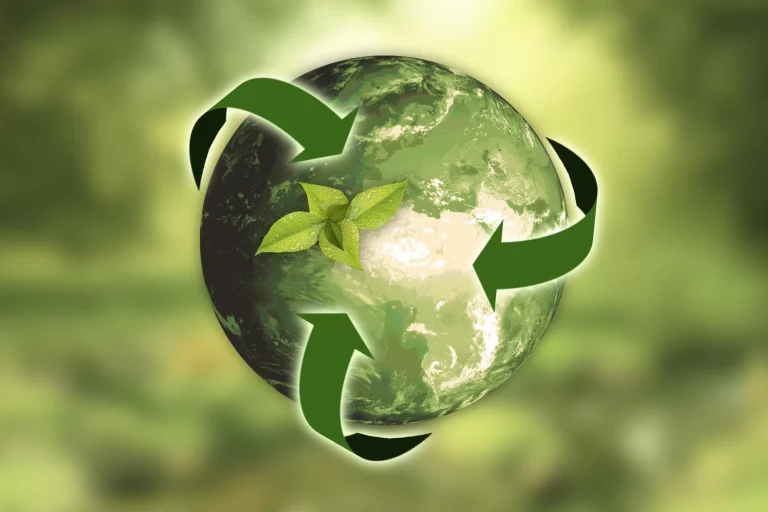
As the world becomes more aware of the impact of human activity on the environment, sustainability is becoming a top priority in all industries, including events. Consumers and clients are becoming more educated on environmental measures and demanding transparency from their events regarding their sustainability practices. Event attendees want to know that events are operating in an environmentally friendly manner and not just ‘greenwashing’ their operations. Individuals and consumers want to reduce their carbon footprint, and event organisers must provide their attendees with the ability to make decisions that align with their environmentally friendly beliefs.
From reducing waste to using eco-friendly materials, there are many ways to incorporate sustainable practices into your next event. This comprehensive guide will give you all the information you need to make your event more sustainable.
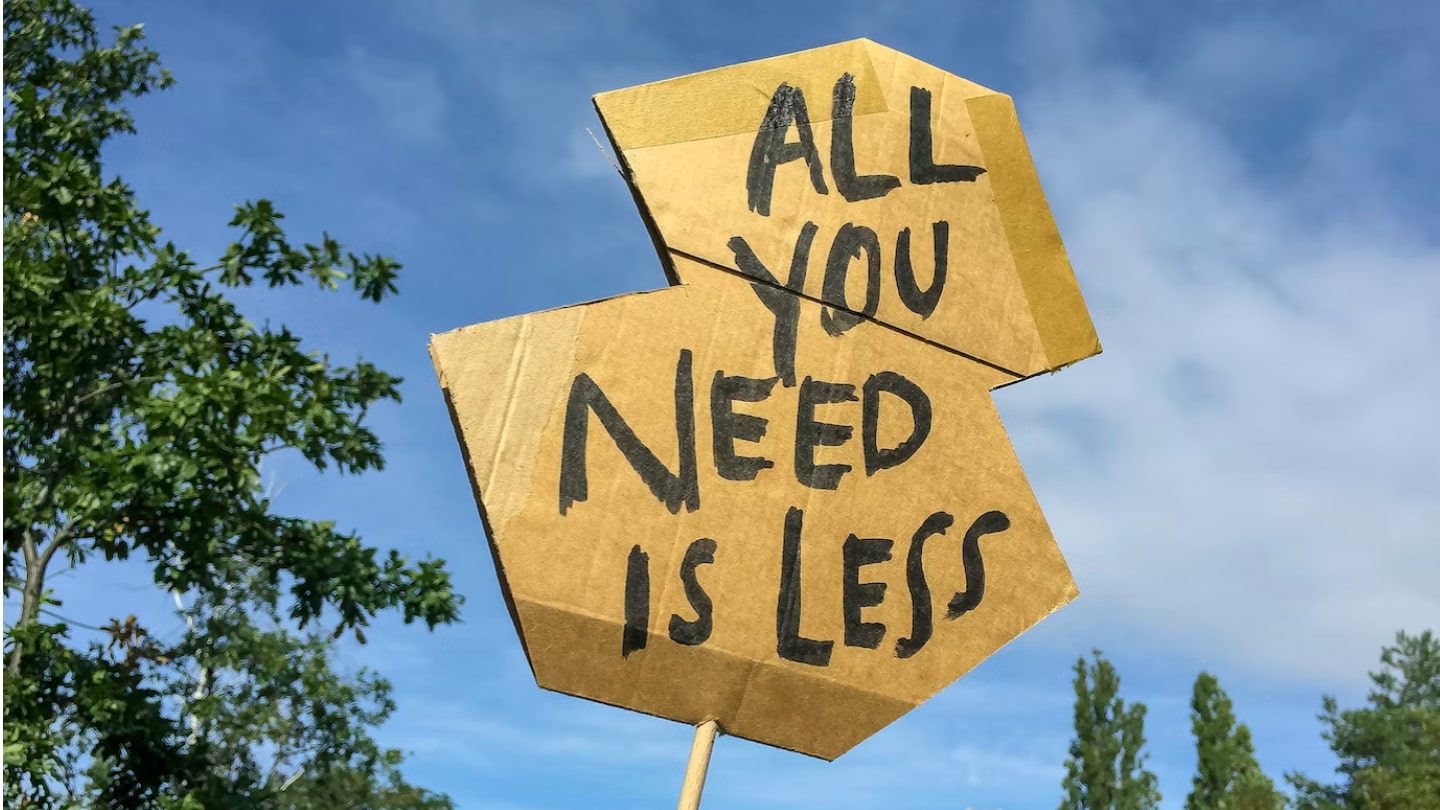
First, why is our carbon footprint something we should be conscious about?
Every individual has a carbon footprint, which is the amount of greenhouse gases emitted from their daily activities. When calculating their carbon footprint, individuals must consider all their daily activities and weekly and monthly habits. For example:
These are just some of the factors considered when calculating carbon footprints. There are many more factors for individuals to consider. By asking these questions as part of the buyer journey, individuals can vote with their money and choose to support brands, companies and events that prioritise sustainable practices.
These small, daily individual decisions have the power to add up to more significant, systemic changes. Small sustainable choices may seem insignificant individually, but when embraced by many, they can lead to substantial environmental improvements and contribute to a more sustainable future.
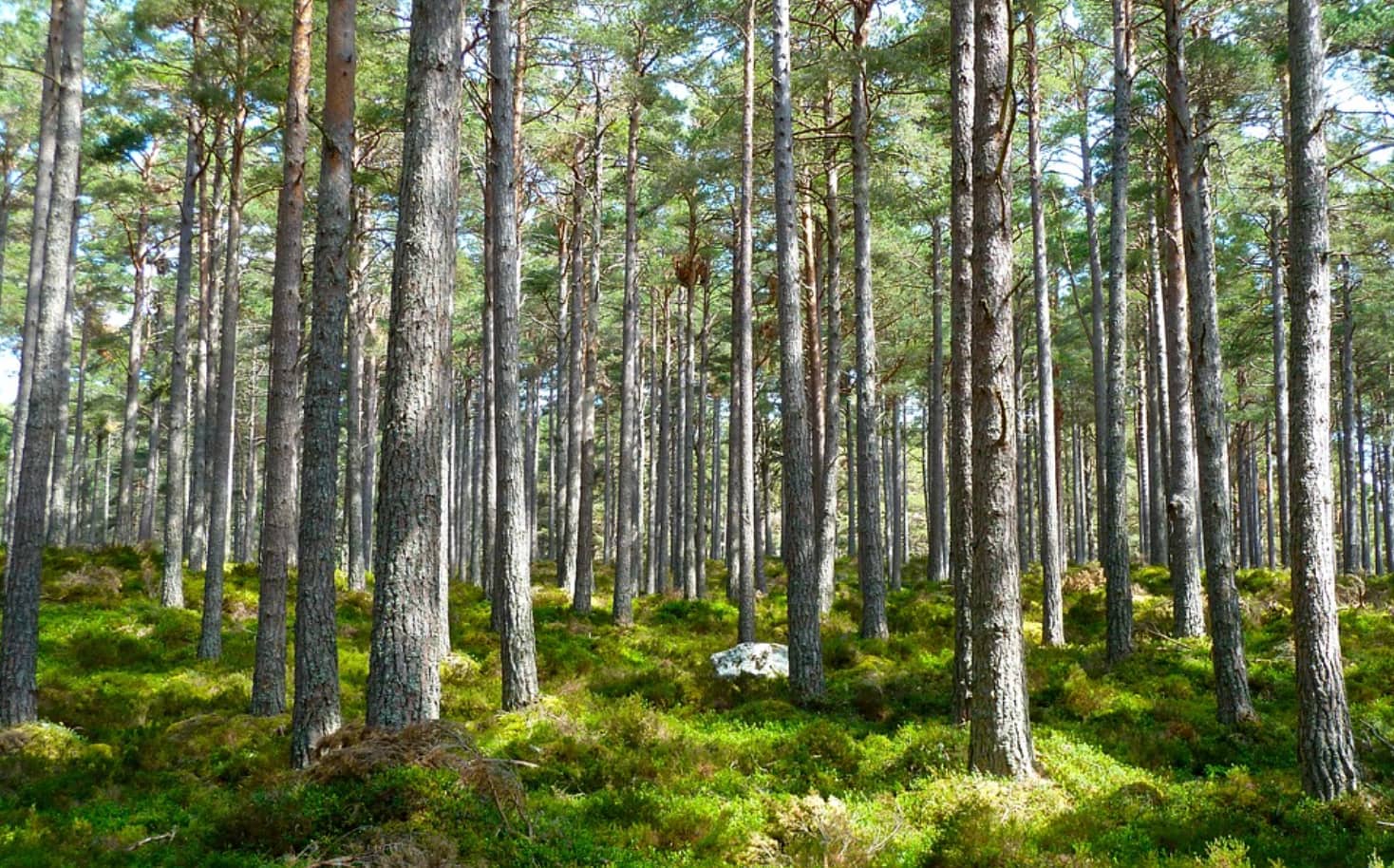
More than a buzzword
The 2020s have become a critical period to take climate action. Never has more information and education been available to consumers to help them make more informed decisions when it comes to supporting sustainable businesses and brands. As a result, consumers are changing their buying behaviour and demanding that products, brands and events implement more environmentally friendly practices.
Sustainability in events matters because they have a significant impact on the environment. Events often generate a lot of waste, consume a lot of energy, and contribute to greenhouse gas emissions. By incorporating sustainable practices, event organisers can reduce their environmental impact and promote a more sustainable future.
We have recently seen the Sydney Festival use energy-efficient lighting, encourage attendees to use public transport and also push waste reduction and recycling. Formula 1 has also introduced hybrid and electric cars and put solar panels in place to reduce fossil fuel use and reduce their carbon footprint.
It’s important for companies and events to have clear sustainable strategies and be transparent about their tactics and ongoing operations. Consumers are increasingly sophisticated and will quickly identify if messaging is not authentic or if a brand is attempting to greenwash its operations. Unfortunately, we don’t often see brands discussing their long-term sustainable strategies, with social media and internet sites focusing on negative news stories rather than the steps towards success. What both these events have done is successfully communicate to their audiences their accomplishments and their ongoing strategies.
If you want to learn more about planning a more sustainable event, we have compiled a list of our top tips and advice, which you will find helpful.

We’re just one event. What can we do?
When planning an event, it’s essential to consider the sustainability practices of the venues and suppliers you work with. Look for venues that have implemented sustainable procedures such as energy-efficient lighting and heating, water conservation measures, and waste reduction programs. Similarly, choose suppliers who prioritise sustainability in their operations, such as using eco-friendly materials and reducing their carbon footprint. For example, Tyvek wristbands have a reduced carbon footprint compared to non-recyclable plastic or vinyl wristbands.
Tyvek wristbands are popular for events and venues due to their durability and security features. The Wristband Co. utilises TerraCycle®‘s services, a social enterprise dedicated to reducing waste. TerraCycle specialises in taking specialised materials like HDPE and turning them into new products, making it an excellent solution for recycling wristbands. Through TerraCycle, used Tyvek wristbands can be recycled and repurposed, helping to reduce waste and promote sustainability.
Building from considering the venues and suppliers you partner with, one of the most powerful ways to incorporate sustainability into your event is to educate attendees on sustainable practices. This can be done through signage, presentations, and interactive activities. For example, you can provide recycling bins throughout the event space and clearly label them with what can and cannot be recycled. If you have Tyvek wristbands, clearly provide and highlight your Zero Waste Box™ system from TerraCycle, specifically for recycling the events Tyvek wristbands. Or, if you are encouraging your event attendees to repurpose their wristbands, look at 5 different ways to recycle your Tyvek wristbands for inspiration.
By educating your event attendees, you can inspire them to make sustainable choices in their own lives and future events they plan or attend.
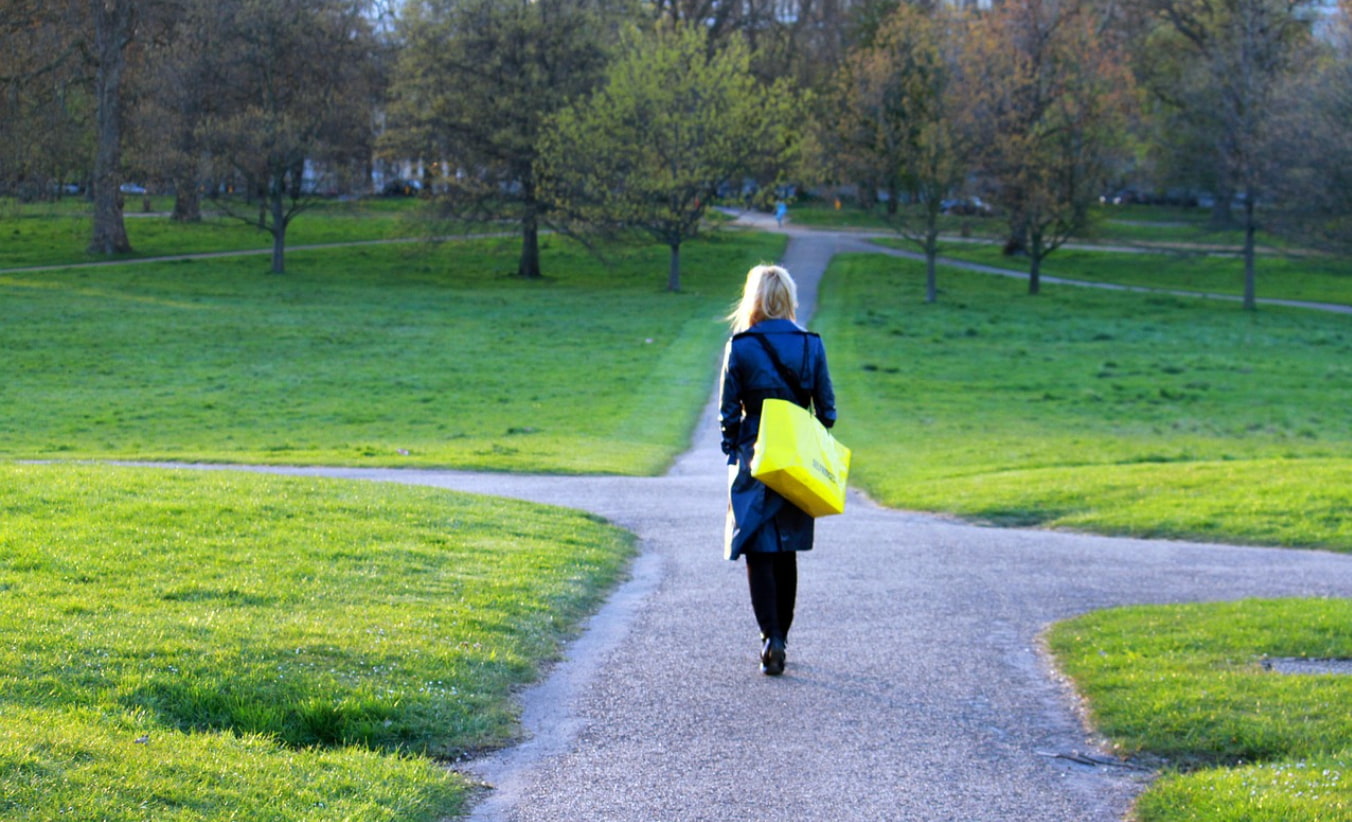
Yes, going green really works!
Sustainability in events is a key focus in the industry. The South Australian Government has defined the goal of continually improving waste and recycling management with their Replace the Waste movement. This involves adapting to changing expectations, regulations, and available technology. Each event is unique and requires individualised waste avoidance, reuse, and recycling approaches.
They have called the aim “better practice”. Whether it’s a small or large event held regionally or in a metropolitan area, sustainability principles remain the same. The industry has shown innovation in finding new ways to engage and connect with audiences while promoting sustainable practices. The goal is to achieve better practices and continually improve sustainability in events.
Replace the Waste has identified 6 steps to success:
By implementing and following these steps, events can aim to improve their performance metrics dramatically. The following estimated performance metrics, comparing a better-practice event with a typical event, are based on an analysis of a dataset of a sample of events held within Australia.

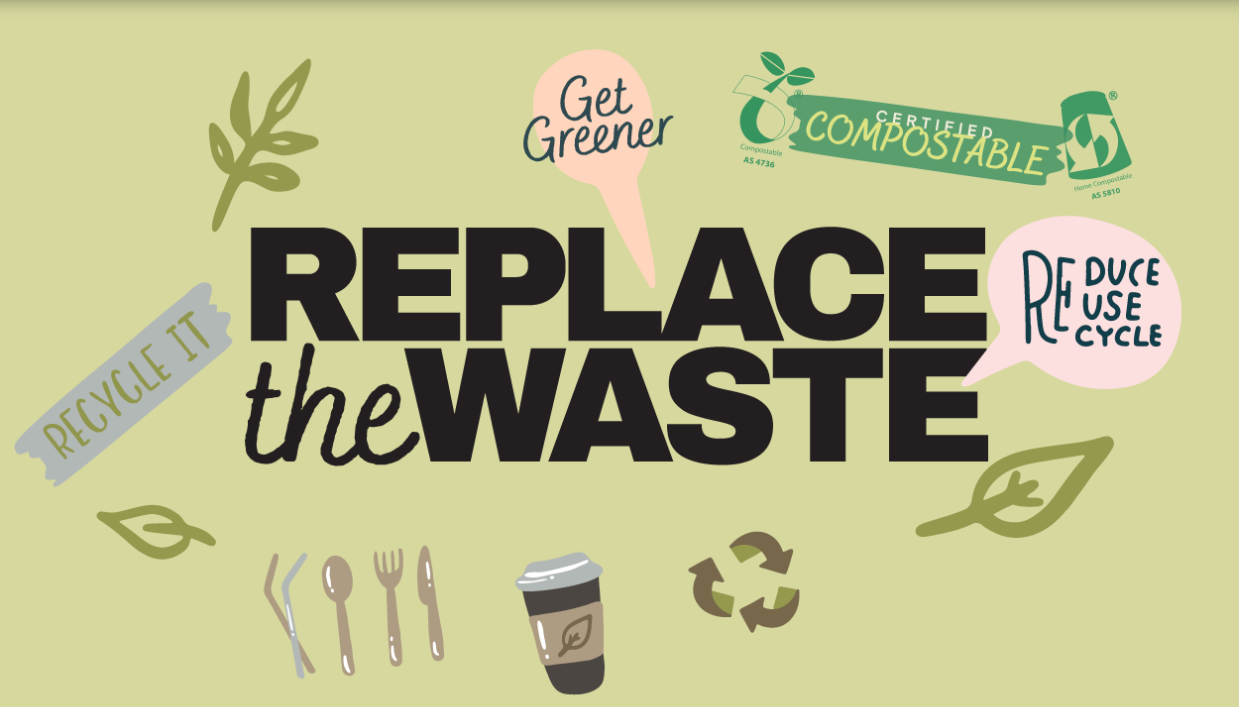
What resources are available?
The topic of sustainable business practices and how to create and organise environmentally friendly events is a large topic. At The Wristband Co., sustainable practices are at the core of our decision-making and business strategies. But we also know that we are on a journey and must constantly educate ourselves and update our practices when needed.
Here are some of the resources that we have found helpful in working towards a more sustainable workplace:
Conclusion
When it comes to sustainability in events, it’s essential to strive for better practices that consider the unique needs of each event. This includes making sustainable choices, such as using eco-friendly wristbands like Tyvek. These wristbands reduce the carbon footprint and promote waste avoidance, reuse, and recycling. By choosing Tyvek wristbands for future events, we can positively impact the environment and support continual improvement in waste management practices.
Ways we can help
At The Wristband Co., we regularly work with organisations of all sizes. We are happy to assist in any way we can, including helping you find the right wristbands for your event or business. Get in touch with us today on 08 8363 4850 or email us at [email protected] for more information.
You can find out more about our company here.
Meet the Author

Laura Sayer, Co-Founder
Connect with Laura on LinkedIn
With a strong marketing background, Laura is driven to provide sustainable solutions that enhance event and business organisation while also elevating security measures. Her passion for exceptional customer service has been the catalyst for The Wristband Co.’s growth. Under her guidance, the company has established a reputation for delivering high-quality wristbands that are affordable and environmentally conscious.


Join our mailing list to receive product information, endless inspiration and 10% off your next order!
Monday – Friday 8:30 AM-8:30 PM
Saturday 10:00 AM-5:00 PM
Sunday CLOSED
38 Little Rundle Street Kent Town SA 5067
08 8363 4850
ABN: 62 239 772 879
The Wristband Co. is located on the traditional lands for the Kaurna people, and we respect their spiritual relationship with their Country. We also acknowledge the Kaurna people as the custodians of the Adelaide region and that their cultural and heritage beliefs are still as important to the living Kaurna people today.
Payments Accepted